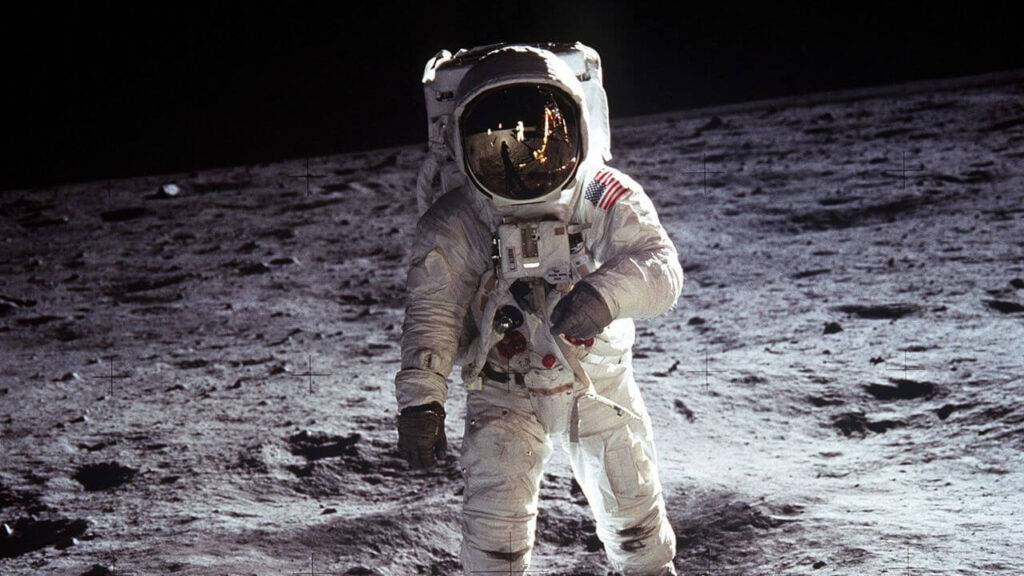
On July 22, 2019, the Indian Space Research Organisation (ISRO) launched its second mission to the Moon, called Chandrayaan-2. The mission was partially successful. It included two main components:
- An orbiter, designed to revolve around the Moon at an altitude of approximately 100 km above the lunar surface
- A lander-rover unit, intended to perform a soft landing on the Moon and conduct observations for the duration of one lunar day.

Unfortunately, the lander-rover unit was unable to achieve a soft landing, resulting in having an inactive and broken system on the lunar surface. However, the orbiter successfully performed a lunar orbital insertion on August 20, 2019. Since then, it has been collecting valuable information from the lunar surface.
The orbiter has now been operational for over six years, and its mission is expected to last for around seven and a half years. It carries eight scientific payloads, primarily designed to enhance our understanding of the Moon. These instruments are mainly focused on studying the elemental composition of the lunar surface, searching for evidence of water ice, and mapping the surface across a wide range of wavelengths to analyse minerals. Overall, the mission aims to significantly expand our knowledge of lunar mineralogy and geology.

On October 18, 2025, ISRO announced an important assessment made by their scientists based on the observations received from one of these eight scientific instruments, called Chandra’s Atmospheric Composition Explorer-2 (CHACE-2). This instrument has given information about the effects of the Sun’s Coronal Mass Ejection (CME) on the Moon. This orbiter probe got an opportunity to directly observe the effects of the coronal mass ejections (CMEs) on the Moon surface. On May 10, 2024, a series of CMEs were hurled by the Sun. This increased quantity of the solar coronal mass that impacted on the Moon enhanced the process of knocking off the atoms from the lunar surface, thereby liberating them to the lunar exosphere, which manifested as the enhancement of the total pressure in the sunlit lunar exosphere.
ISRO further explains that their observations show an increase in the total pressure of the dayside lunar exosphere when the CME impacted the Moon. The total number density (number of neutral atoms or molecules present in an environment per unit volume) derived from these observations showed an increase by more than an order of magnitude. This increase is consistent with earlier theoretical models, which predicted such an effect, but CHACE-2 on-board Chandrayaan-2 has observed such an effect for the first time.

The Moon has a very thin atmosphere, which is almost like empty space and it gets recognised as an exosphere. The lunar surface has few gas molecules which are much spread out and hence normally do not even bump into anything (say on each other). It may be noted that the Earth’s atmosphere near the mean sea level contains approximately 1019 atoms in a cubic centimetre of volume while the lunar exosphere contains approximately 104 to 106 atoms in a cubic centimetre. (https://www.isro.gov.in/Detection%20of%20Argon-40.html ) The lunar exosphere is almost entirely made up of helium, neon, and argon, with trace amounts of other elements. Hydrogen molecules make up a tiny fraction of the lunar exosphere. Sodium is another scarce, but heavily-studied element in the lunar exosphere. (https://science.nasa.gov/moon/lunar-atmosphere/ )
Exhaust from a single lunar lander can temporarily dominate the local environment around it. Interestingly, spacecraft exhaust contains water vapour, hydrogen, carbon dioxide, carbon monoxide and other compounds and these gases include molecules that are also present in trace amounts naturally on the Moon’s surface or in the exosphere. For ‘Moon’ researchers it is important to keep this chemical overleap in mind and they need to distinguish between native lunar materials and those introduced by human activity.

The concept of ‘weather’ on the Moon is very relative because the Moon lacks a true atmosphere like Earth. On the Moon, there are no winds, clouds, or rain. However, the lunar surface still experiences extreme environmental changes, such as drastic temperature swings. It is known that temperature on the moon can vary radically between lunar day and night time. It could be approximately 120° Celsius during lunar daytime at the Moon’s equator and -130° C at night. Closer to poles the temperatures drop even further to approximately – 250°C. The Moon’s surface gets impacted, to weak processes like micrometeorite impacts and solar wind interactions and hence there could be some temporary dust movement on the lunar surface.
ISRO’s recent findings are corroborating the theoretically known reality. This is important because now theory is confirmed through practical evidence and this would advance our understanding about the so-called lunar weather. At present, there is no clear definition of the Moon’s exosphere height. There is a view that altitudes of about 100 km above the lunar surface could be viewed as a region to define the exosphere. Interestingly ISRO’s Chandrayaan-2 orbiter detected argon at this height. Argon-40 (40Ar), which is one of the isotopes of the noble gas Argon, is an important constituent of the lunar exosphere and ISRO noticed its presence based on the observations made by the same sensor, CHACE-2. It is expected that such discoveries by ISRO could guide future lunar missions to carry more advanced and diverse sensors aimed at deepening human understanding of such phenomena.

These recent findings by ISRO about the impact of solar storms on the lunar surface holds particular importance at a time when some key space agencies are planning new missions to enhance our understanding of the Moon. These include lunar sample return missions, human flyby missions, and crewed landings on the lunar surface.
The probability of solar storms impacting the Moon may not be exceptionally high, but with humanity’s growing interest in increasing both robotic and human activities, including proposals to build scientific bases and lunar colonies with human presence it becomes crucial to account for such extreme events. These solar phenomena can temporarily alter the lunar environment and may significantly affect some of the ongoing and future missions.

